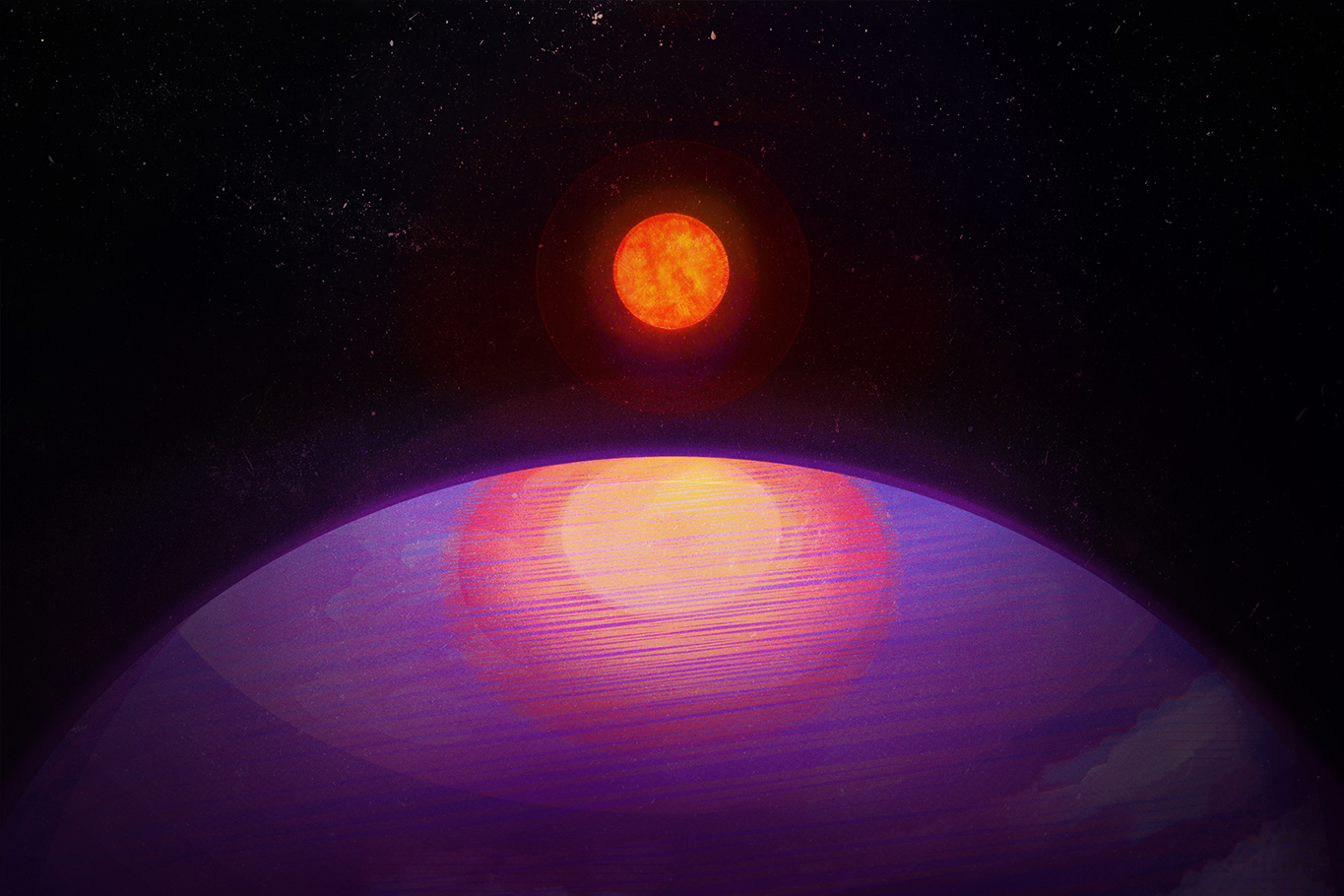 A team of researchers from Pennsylvania State University, led by Suvrath Mahadevan of Indian descent, has identified a planet beyond our solar system that challenges conventional wisdom. This newfound celestial body, named LHS 3154b, defies expectations by being excessively massive in relation to its host star. With a size equivalent to 13 Earth masses, its discovery prompts a reassessment of existing theories on planetary formation.
A team of researchers from Pennsylvania State University, led by Suvrath Mahadevan of Indian descent, has identified a planet beyond our solar system that challenges conventional wisdom. This newfound celestial body, named LHS 3154b, defies expectations by being excessively massive in relation to its host star. With a size equivalent to 13 Earth masses, its discovery prompts a reassessment of existing theories on planetary formation.
LHS 3154b’s distinctiveness arises from its proximity to an ultracool dwarf star, marking the first instance of such a massive planet orbiting a low-mass star. Mahadevan highlighted the significance of this discovery, emphasizing the limited understanding of the universe. The research, recently published in a scientific journal, underscores the planet’s orbit around the ultracool star LHS 3154, which is nine times less massive than the sun. The mass ratio between the newfound planet and its host star exceeds 1000 times that of Earth and the sun.
Mahadevan, explaining the traditional process of star and planet formation, noted that stars emerge from vast clouds of gas and dust, with planets potentially forming from the remaining material orbiting the star. In the case of LHS 3154, the planet-forming disk around the low-mass star was not expected to possess sufficient solid mass for such a massive planet. This discovery challenges existing theories and necessitates a reevaluation of our comprehension of stellar and planetary dynamics.
The researchers utilized an astronomical spectrograph known as the Habitable Zone Planet Finder (HPF), developed by Mahadevan’s team at PSU, to make this groundbreaking discovery. Mahadevan emphasized that this finding serves as an extreme test case for prevailing planet formation theories and aligns with the primary purpose of HPF: to unravel how planets form around the most common stars in our galaxy.










